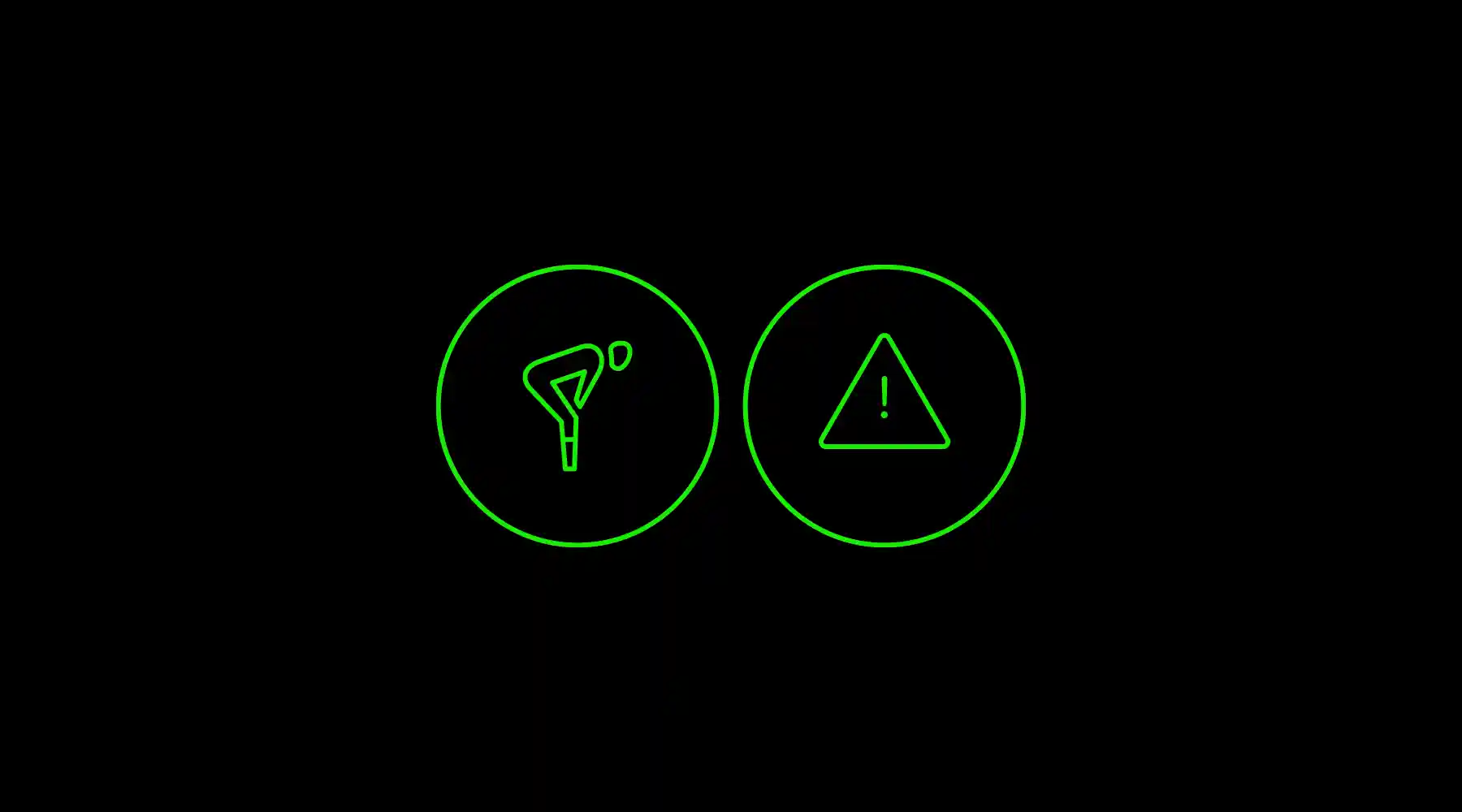Topics
- Post
- Organizations
Podcast 163: Study with Coast Guard Air Crews on Fatigue, Rest & Recovery

On this week’s episode, we take a look at how U.S. Coast Guard aviators do their job, rescue people in need, and how WHOOP is helping to keep our military safe.
Robert Moeller, a long-time Navy SEAL and our Associate Vice President of Government, sits down with Coast Guard Commander Scott Austin for a discussion on leadership, performance, and how data can be used to help our servicemen and women. Commander Austin is a helicopter pilot based in Port Angeles, Washington. He has spent 18 years in the Coast Guard in a variety of different roles, including search and rescue, counter-terrorism, and narcotics interdiction. Commander Austin recently completed a study of Coast Guard members that evaluated how crew member perceptions of fatigue and alertness compared with WHOOP data on sleep and recovery. He discusses why the sleep deprivation culture is one of our greatest threats to the safety of military personnel, the stressors and fatigue Coast Guard aviators experience on a daily basis, plus what some of their search and rescue missions are like and how the Coast Guard plays a role in our nation’s defense.
Coast Guard Study Podcast Quotes & Highlights
2:43 - Mission and Conditions. Commander Austin details his team’s mission on the Washington coast, which includes search and rescue efforts in extreme conditions. He says working in the Pacific Northwest is considered “Alaska lite” by Coast Guard standards.
7:54 - Fatigue in Aviation. Commander Austin explains why he was interested in getting WHOOP on Coast Guard Aviators. “We have multiple sensors, redundant sensors on every portion of the aircraft that we fly, except the aircrew.”
11:00 - The Culture of Sleeplessness. “Science has shown that you don't necessarily know when you're that fatigued. So we put these people in a really frustrating position and we can kind of create a culture that really sets people up for failure.”
14:55 - Leadership. Robert and Commander Austin discuss the tenets of leadership and how that plays a role in safety on high risk missions. Commander Austin says he aims to create a culture where any member of the team, no matter the rank, can share their input on matters related to risk and safety.
18:43 - The Study. The goal of the study was to evaluate how 20 crew members took to wearing a health monitor. Commander Austin wanted to gauge whether the team would trust the privacy and accuracy of WHOOP and if the aviators would begin to use the physiological insights from WHOOP as part of their recovery and readiness assessments.
26:57 - Results. The study found that the participants were more likely to trust physiological data after 30 days on WHOOP than trusting their own feelings and intuition when evaluating their fatigue and recovery.
31:34 - Learning from WHOOP. “Once they realize the value [of WHOOP], then they start to think, ‘Man is this glass of wine before dinner really affecting my recovery score?’ Once you start having something where you can look at the performance of the machine, you want to fine tune the machine.”
37:39 - Positive Changes. “We probably know more about fatigue as it affects human physiology than your average bear,” Scott says after his team went on WHOOP for the study. “[The data] creates a personal investment [in your health and well-being].”
41:32 - More Sleep Needed. Commander Austin notes that the study revealed that most of the aviators were sleeping about 6 hours a night. “That’s a little light, especially for someone who has a moral obligation to be rested.” He’d like to incentivize aviators to sleep more, adding “Sleep is a priority.”
Learn how WHOOP can optimize readiness and resilience for your tactical team.